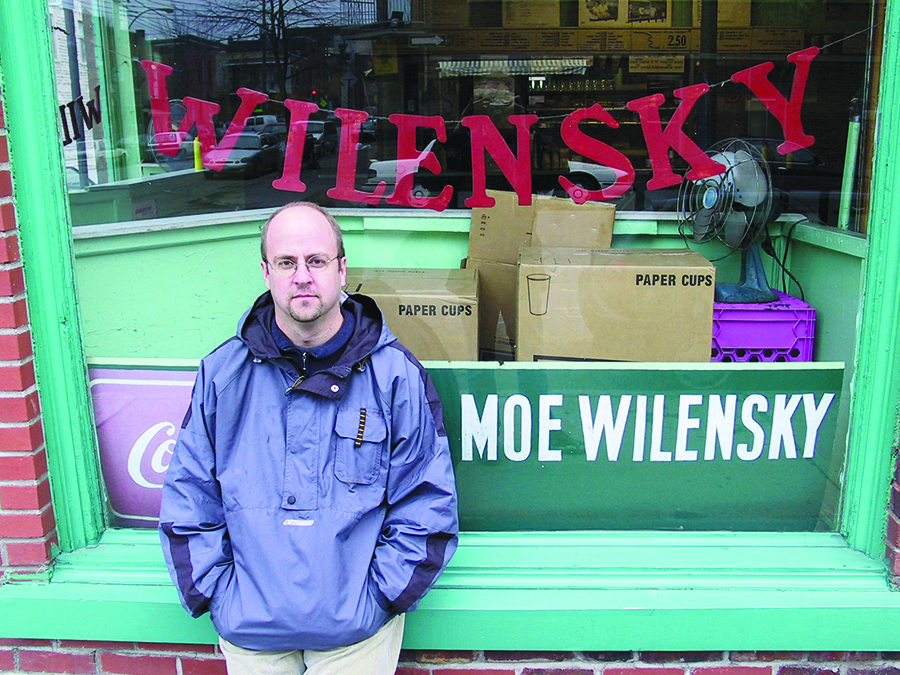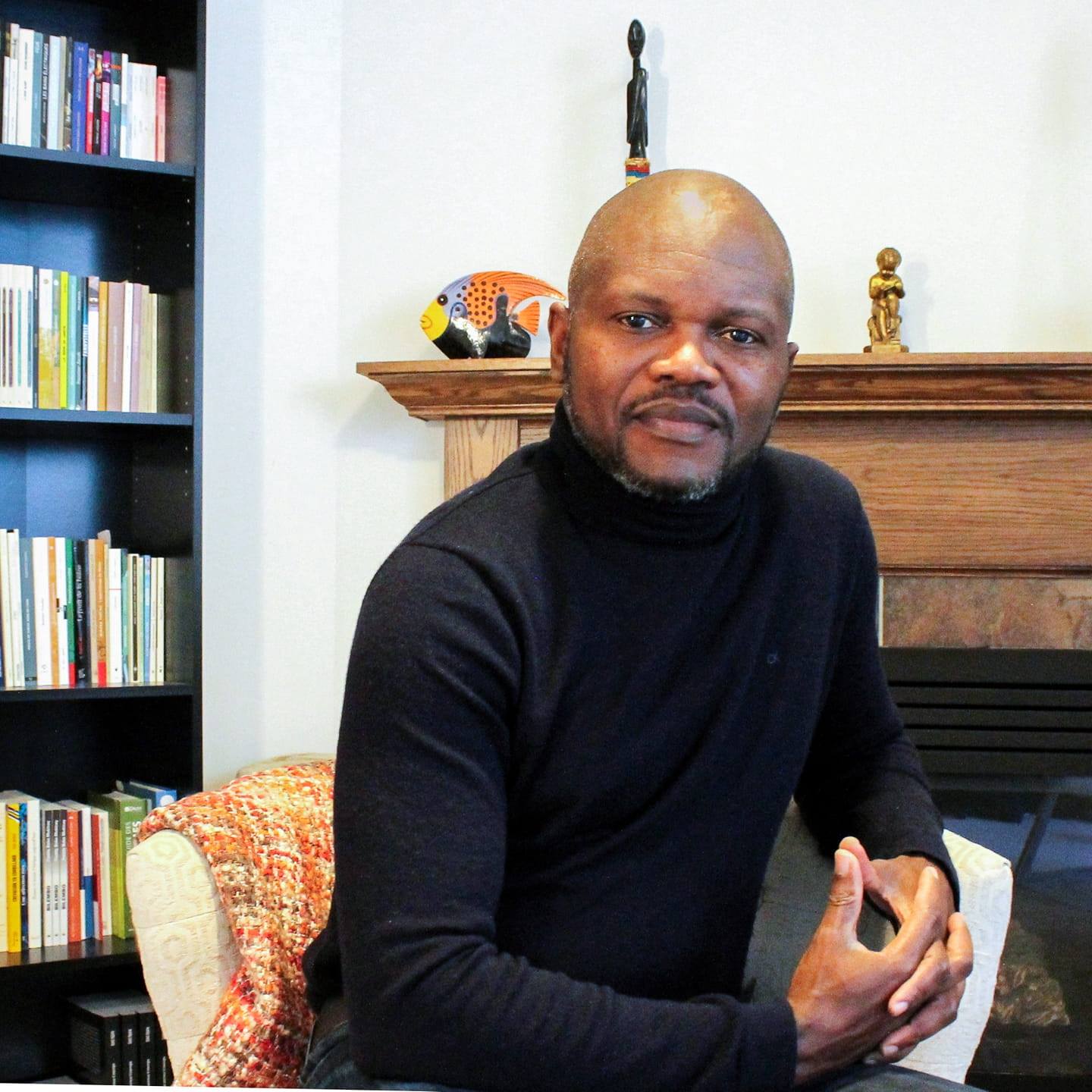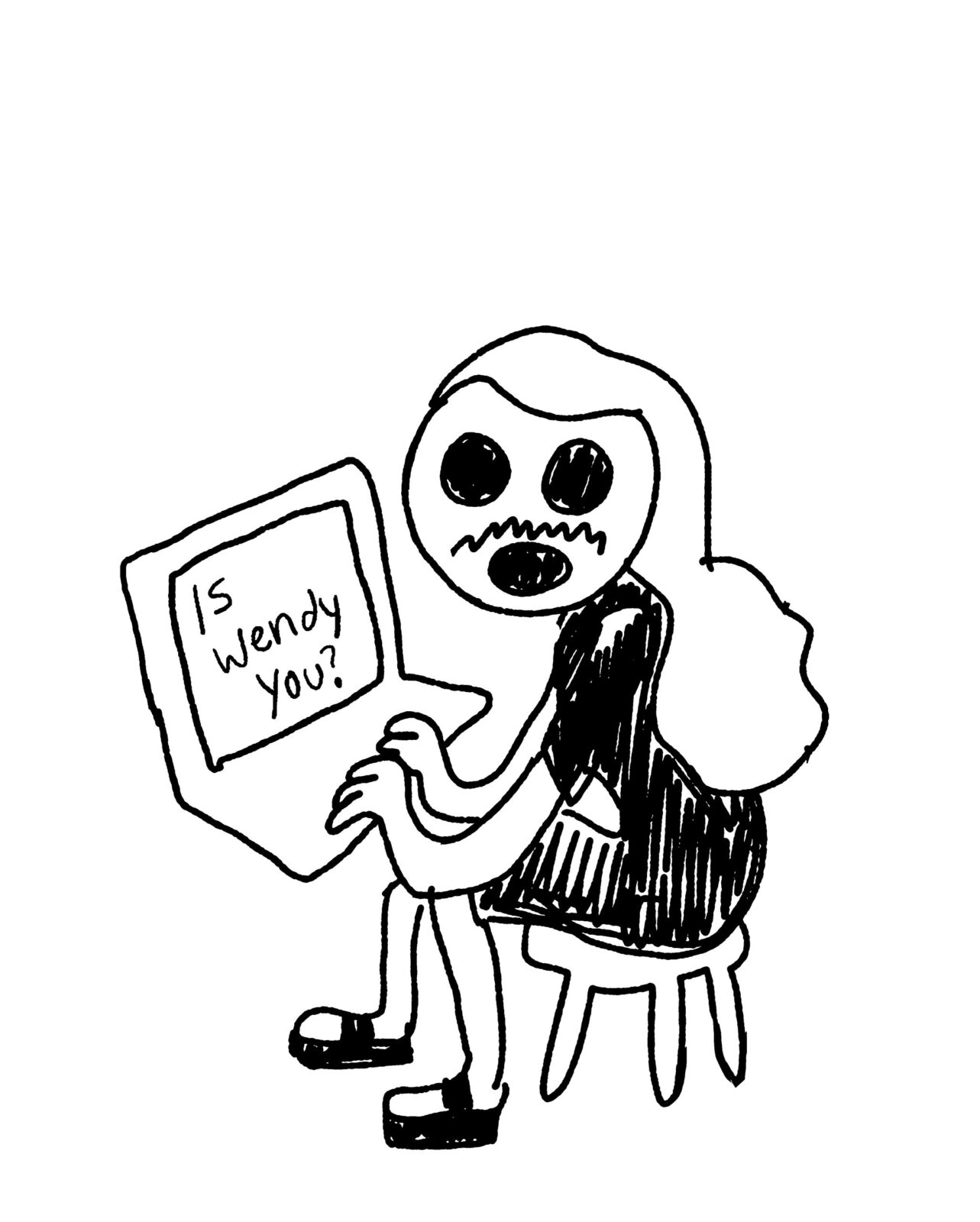Princess Diana had just died. The internet was barely a thing. I’m not sure there were websites yet. The word Amazon called to mind a river, not an information technology behemoth. Grunge was over and something called electronica was being touted as The Future.
Yes, things were different in the fall of 1997, no less so in Montreal. The post-Referendum hangover lingered, even two years after the fact – plenty of “Oui” signs were still in windows and on balcony railings. The Ice Storm was a couple of months away, set to make the city temporarily look like the set of a future-dystopia film. Political uncertainty fostered economic doldrums that conspired to keep rents at a level to make a Torontonian weep.
Such was the landscape when the Montreal Review of Books, a biannual magazine dedicated to promoting English-language literature in Quebec, came into being. With hindsight, it’s evident this was a transition period in local literary terms. Entities that in 2017 feel like institutions – Blue Metropolis International Literary Festival, Librairie Drawn & Quarterly – were as yet non-existent, the former gestating its inaugural 1998 edition, the latter a distant gleam in the eye of a company still operating out of a shoebox-sized office above a Greek travel agency on Park Avenue. The field might have looked barren to some, then, but one person’s barren is another’s wide-open.
I arrived in the city from Edmonton between issues number one and two of the mRb. My sense of Montreal mythology had been primed by many years as a huge fan of Mavis Gallant and Mordecai Richler; I had also just read Hugh Hood’s lost masterpiece Around the Mountain, a quintessential Montreal book that had a part in my coming here. The French-language scene I knew mostly by reputation, my reading largely confined to crossover phenomena in translation like Dany Laferrière and Yves Beauchemin. Eager to start on what I could see would be a long and rich learning curve, I contributed reviews and features to a couple of early mRb issues, then lucked into a job as co-editor, a position I held for eight years, first with Kim Bourgeois, then with Margaret Goldik.
There were teething pains, undeniably. Distribution was tricky, for one thing: we were inserted in The Globe and Mail, then we weren’t. Then we were inserted in the Montreal Gazette. Then we weren’t. Some issues, frankly, we had to strain to find enough titles to fill the space. (For a spell we even had a column on self-published books.) Tone-wise, we were always fine-tuning: the mRb from the start walked a tricky line between promotional organ and critical journal. As editor I used to fret about that distinction, until the day the penny dropped and I saw that it was both at once, its very existence constituting promotion.
If there’s a fundamental difference between mRb then and mRb now, it is this: I don’t think any of my successors have had any trouble filling their review quota. In my current position as books columnist at the Montreal Gazette I’m forced to make agonizing decisions on a weekly basis – what gets reviewed and featured and what doesn’t? This is partly a function of intensifying space limitations, but it’s just as much an indication of the quantity and quality of the books landing on my desk every week.
The mRb, clearly, is more necessary than ever. Gallant, Richler, Hood, and too many more to mention are no longer with us, others active in 1997 have been quiet for a while (Elyse Gasco, Will Aitken, come back, we miss you), but their prospective inheritors just keep on coming. Which brings us back to rents. One doesn’t wish to romanticize poverty, but the thing is, when it allows you to do what you want to do it doesn’t feel
like poverty. In Y2K-era Montreal you could live the writing life with the feeling that you had entered a kind of culture-friendly Narnia. You were free to experiment, make mistakes, work at your own pace. In 2017, with rents higher but still reasonable, that feeling may be more fragile, but it’s still here.
Jeffrey Moore won a Commonwealth Prize shortly after we had made the then-unknown Toronto transplant, with a debut on a tiny Saskatchewan-based imprint, our cover star. A little later we did the same with Yann Martel, and presto, he won the Man Booker Prize. We were some distance ahead of the pack with Madeleine Thien, putting her on the cover years before she went internationally supernova. I’m not trying to claim any cause and effect here, merely suggest that such things have a measurable effect in the community. High-profile success stories like Moore and Martel and Thien and Rawi Hage, to say nothing of the force of nature that is Heather O’Neill, plant the idea among the laptop café legions that you can do more than just write here – you can, conceivably, make a living with this stuff.
Looking around and thinking back, I notice certain things. For instance, I’m not sure there was a writer like Guillaume Morissette twenty years ago: a young francophone, steeped in the bohemian culture of The Main, choosing to write in English. The writer-translator relationship feels increasingly symbiotic and fertile: more and more people like Catherine Leroux are doing both, and the lag time between original edition and translation, in both directions, has grown notably shorter. Something for which I can only offer anecdotal evidence based on café and public transit observation, but am nonetheless convinced of, is that Montrealers of all cultures are reading each other more than ever.
Things do change, then. But a wondrous thing about the mRb is that, amid it all, it has in many ways stayed exactly the same. The nerve centre is still in the same upstairs office at Atwater Library, still shared with the Quebec Writers’ Federation. Michael Wile still oversees the ad sales. Kim Bourgeois and other trusted bylines still appear among the newcomers. The mRb is, in its own way, positively New Yorker-like in the consistency of its aesthetic stamp: David LeBlanc still does the design, Terry Byrnes still does the cover portraits. Such continuity is rare and to be cherished. It’s important to have some things you can count on in this world. mRb







Thank you for a trip back in time. It makes me want to go back to a few ‘lost’ titles.